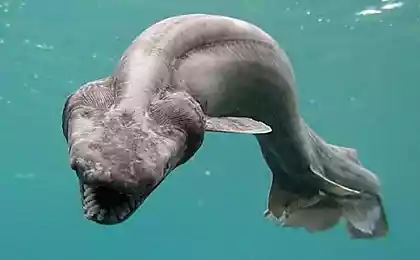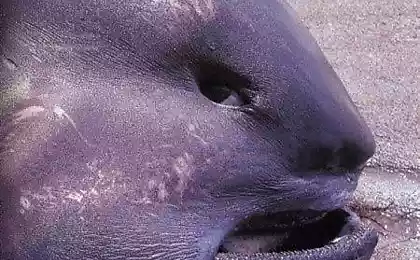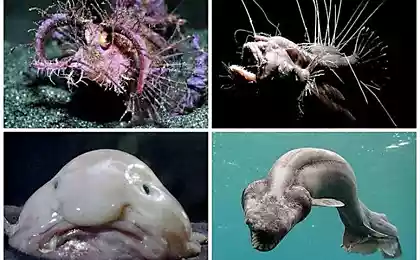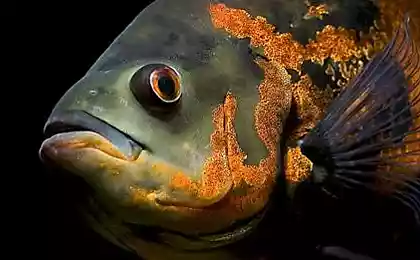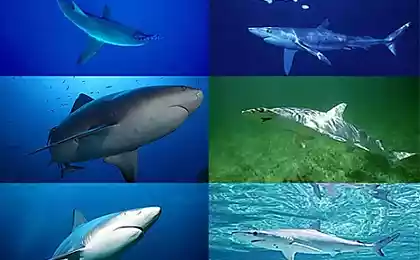1318
Rare shark Megachasma pelagios (3 photos)
The man has mastered the extensive ground space, but the underwater world is not given so easily.
This megamouth shark existed for many years, feed on plankton and lives on a fairly shallow depth.
But the man did not notice it for a long time as well?
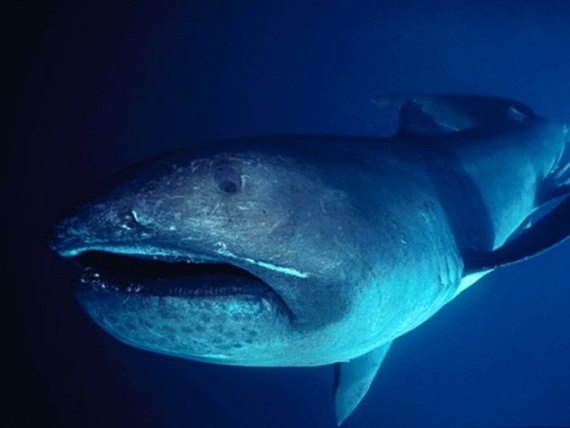
In 1976 there was a chance encounter with a man of this rare fish. The ship Navy of the United States, bulge of the earth north of the Hawaiian Islands, to conduct the necessary research. Distance from the beach was about 42 kilometers depth - 4, 5 kilometers. The ship had to somehow keep afloat, so the crew decided to drop anchor 2-parachute. And so it came across the shark-largemouth.
Eight years later, the second shark was discovered. This happened in 1984, not far from California. Shark largemouth hit the network to the fishing vessel.
From 1988 to 1990, it was found 4 representatives largemouth. Why did these creatures do not fall into the field of view of people is hard to say. All found individuals were males. In 1995 it was discovered two members of this family, well, the female got a year earlier. The number of these sharks can not be determined until now. Until 2004 there were only 25 individuals.
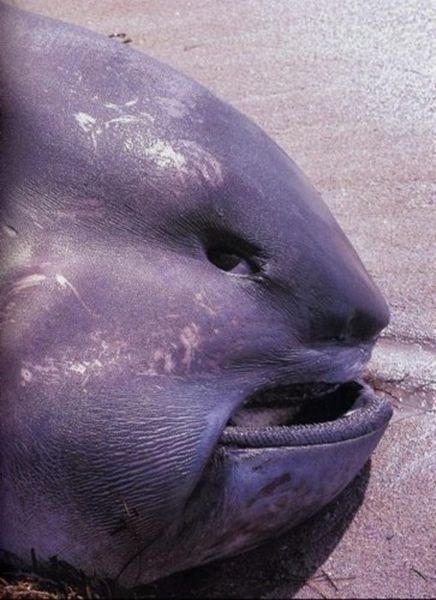
The largest specimen caught, female reaches a length of 5, 63 meters, and the smallest - a male, less than 2 meters in length.
Just look at this fish - and you will understand what it got its name. With the open mouth it is something like the piranhas: the head of a shark and a large rounded nose short, back dark brown. Representatives of these sharks were spotted off the coast of Panama, near Panama City, as well as on the territory of the Pacific and Atlantic oceans, the Indian Ocean near Japan. This suggests that more sharks prefer warm latitude, but can occur throughout the world.
The main power largemouth shark is considered krill, which it draws from the sea water. It is believed that because of the behavior of krill under the water, the shark of this species spend the day at a depth of about 150 meters, and at night rise to a depth of about 15 meters.
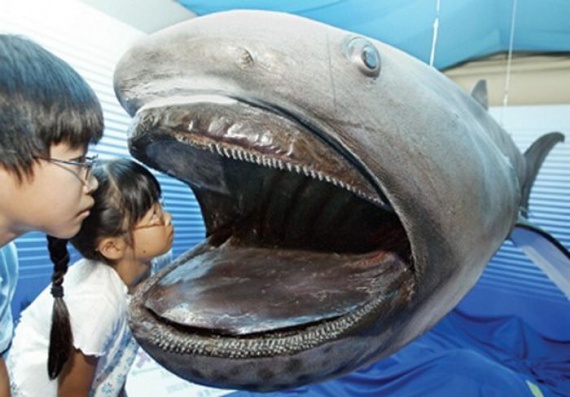
Source: asaratov.livejournal.com
This megamouth shark existed for many years, feed on plankton and lives on a fairly shallow depth.
But the man did not notice it for a long time as well?

In 1976 there was a chance encounter with a man of this rare fish. The ship Navy of the United States, bulge of the earth north of the Hawaiian Islands, to conduct the necessary research. Distance from the beach was about 42 kilometers depth - 4, 5 kilometers. The ship had to somehow keep afloat, so the crew decided to drop anchor 2-parachute. And so it came across the shark-largemouth.
Eight years later, the second shark was discovered. This happened in 1984, not far from California. Shark largemouth hit the network to the fishing vessel.
From 1988 to 1990, it was found 4 representatives largemouth. Why did these creatures do not fall into the field of view of people is hard to say. All found individuals were males. In 1995 it was discovered two members of this family, well, the female got a year earlier. The number of these sharks can not be determined until now. Until 2004 there were only 25 individuals.

The largest specimen caught, female reaches a length of 5, 63 meters, and the smallest - a male, less than 2 meters in length.
Just look at this fish - and you will understand what it got its name. With the open mouth it is something like the piranhas: the head of a shark and a large rounded nose short, back dark brown. Representatives of these sharks were spotted off the coast of Panama, near Panama City, as well as on the territory of the Pacific and Atlantic oceans, the Indian Ocean near Japan. This suggests that more sharks prefer warm latitude, but can occur throughout the world.
The main power largemouth shark is considered krill, which it draws from the sea water. It is believed that because of the behavior of krill under the water, the shark of this species spend the day at a depth of about 150 meters, and at night rise to a depth of about 15 meters.

Source: asaratov.livejournal.com


